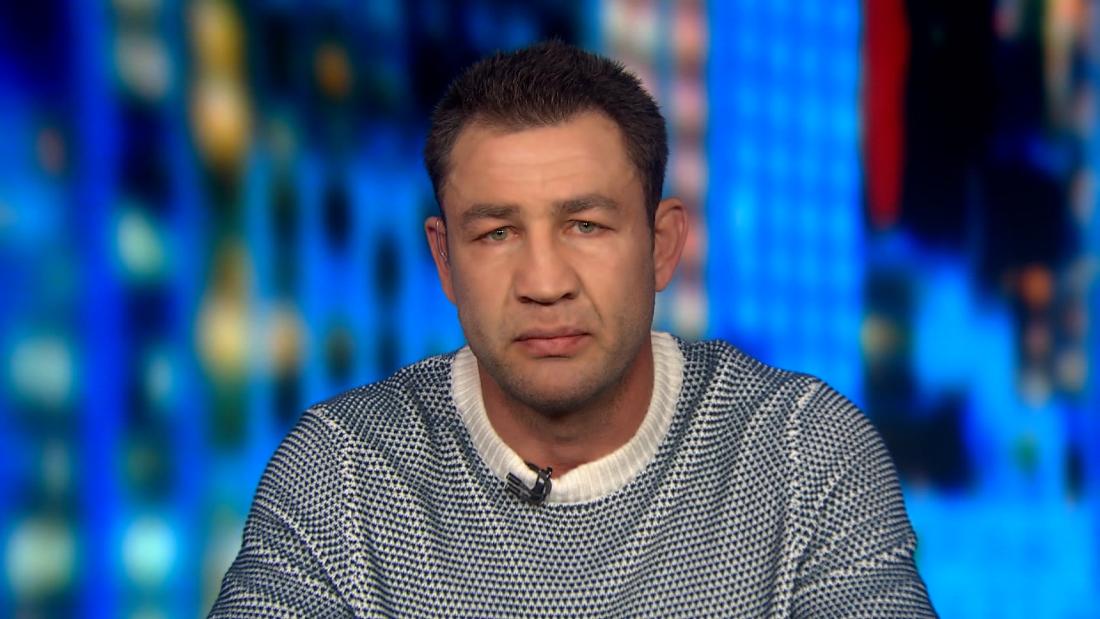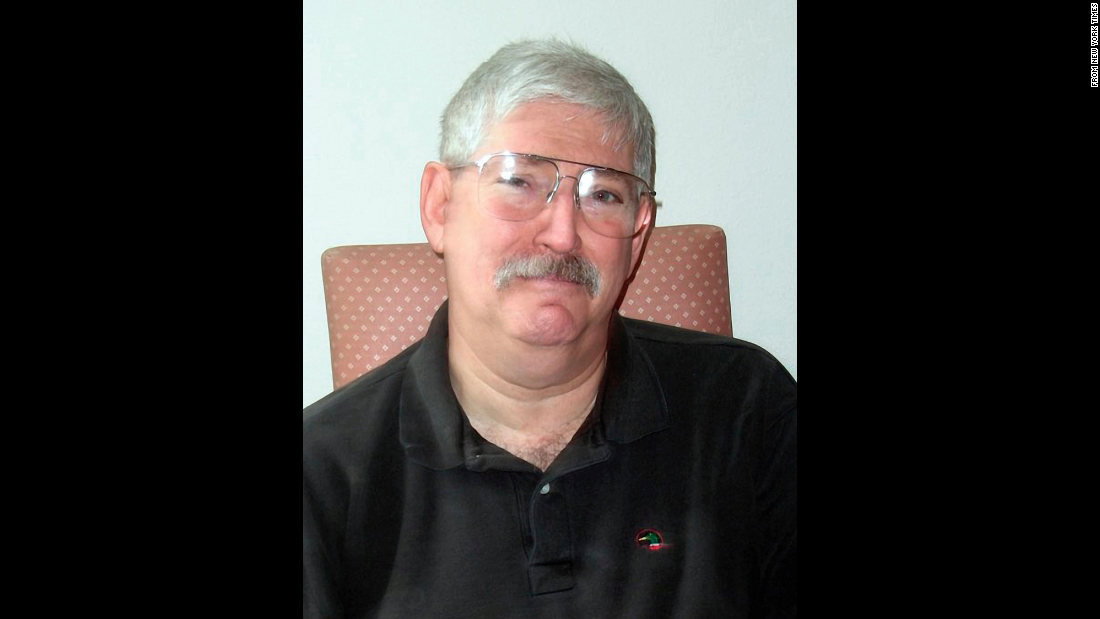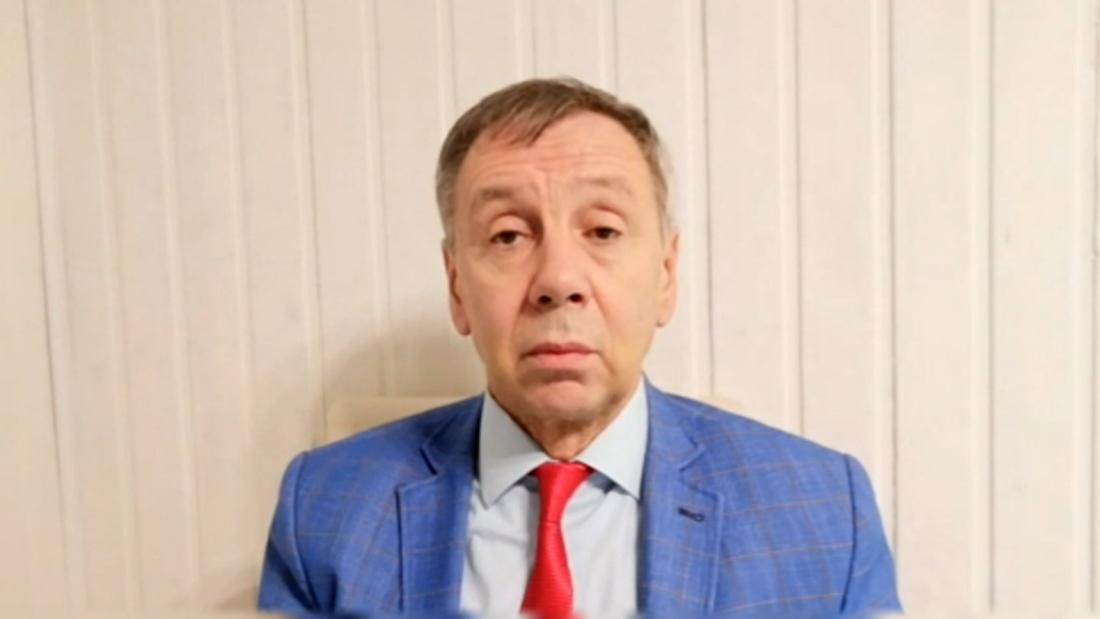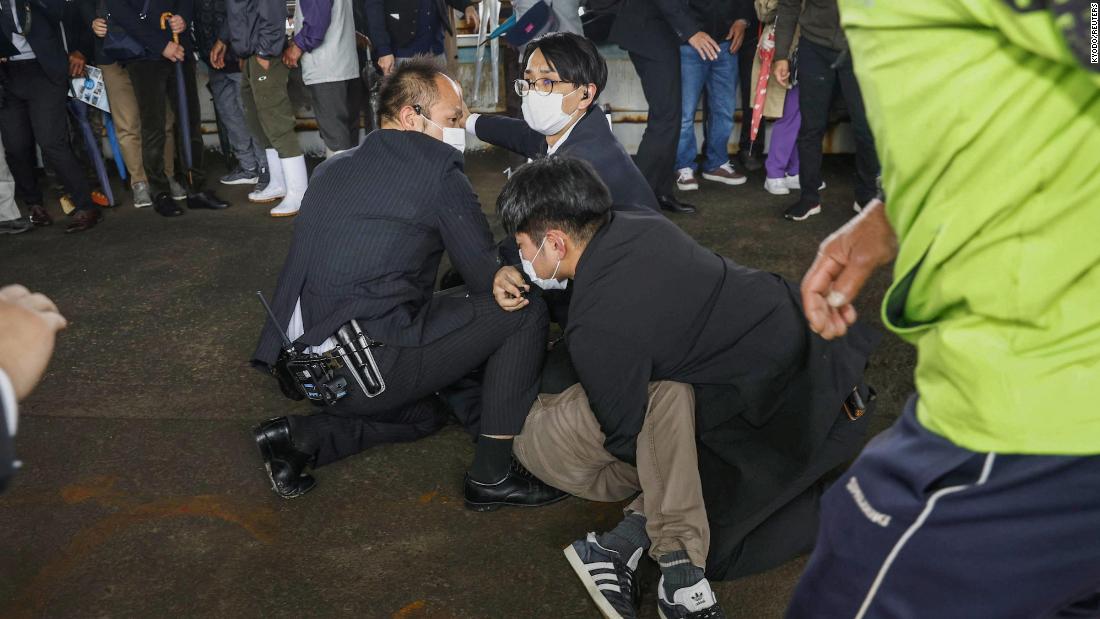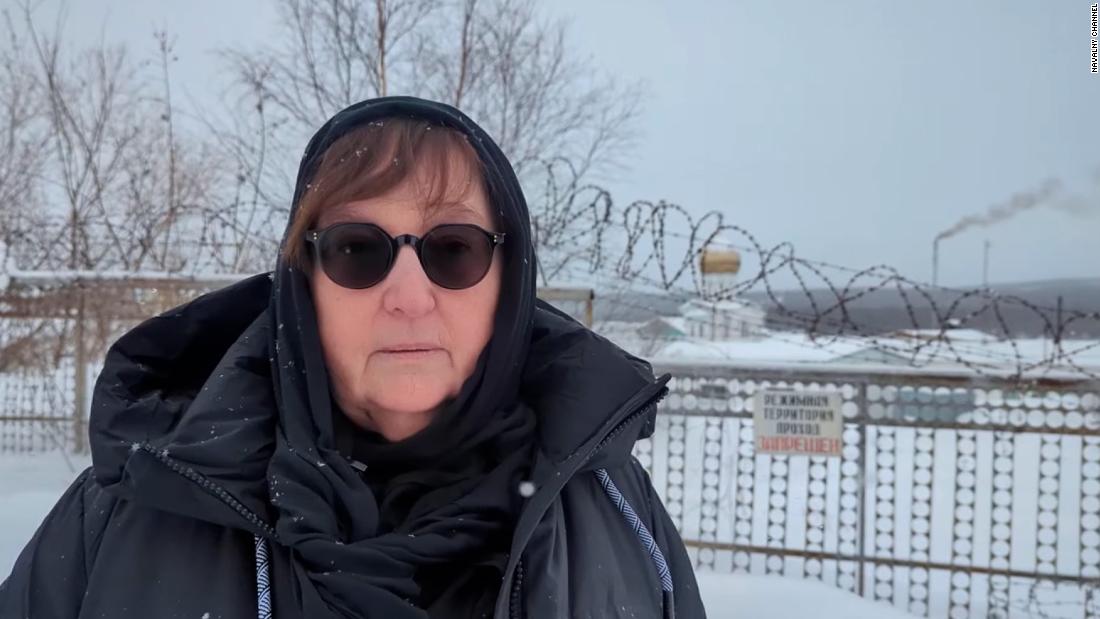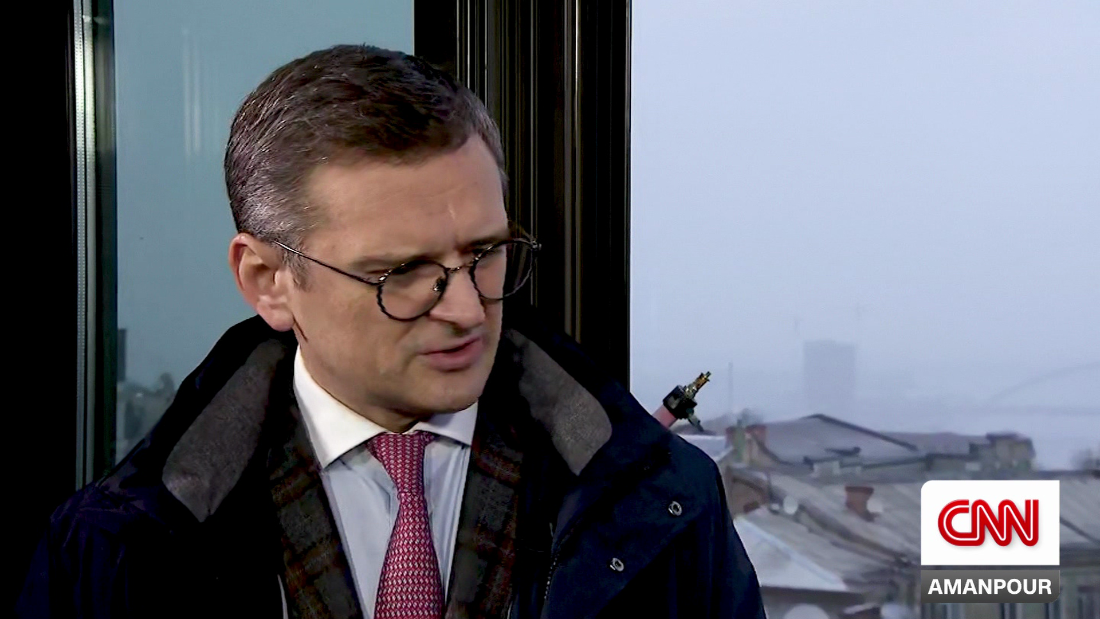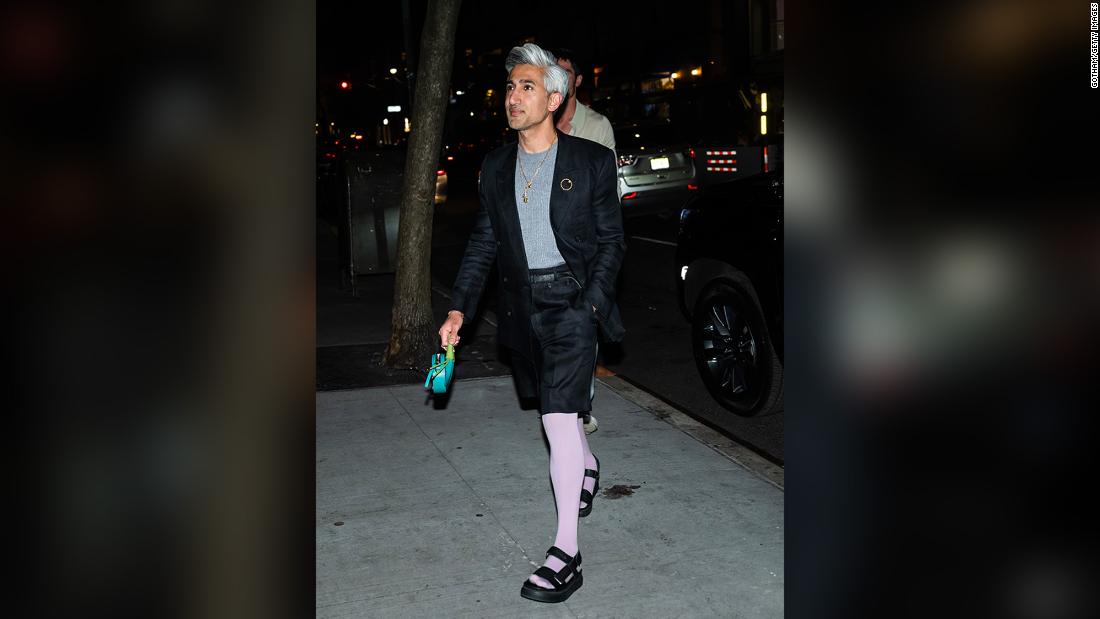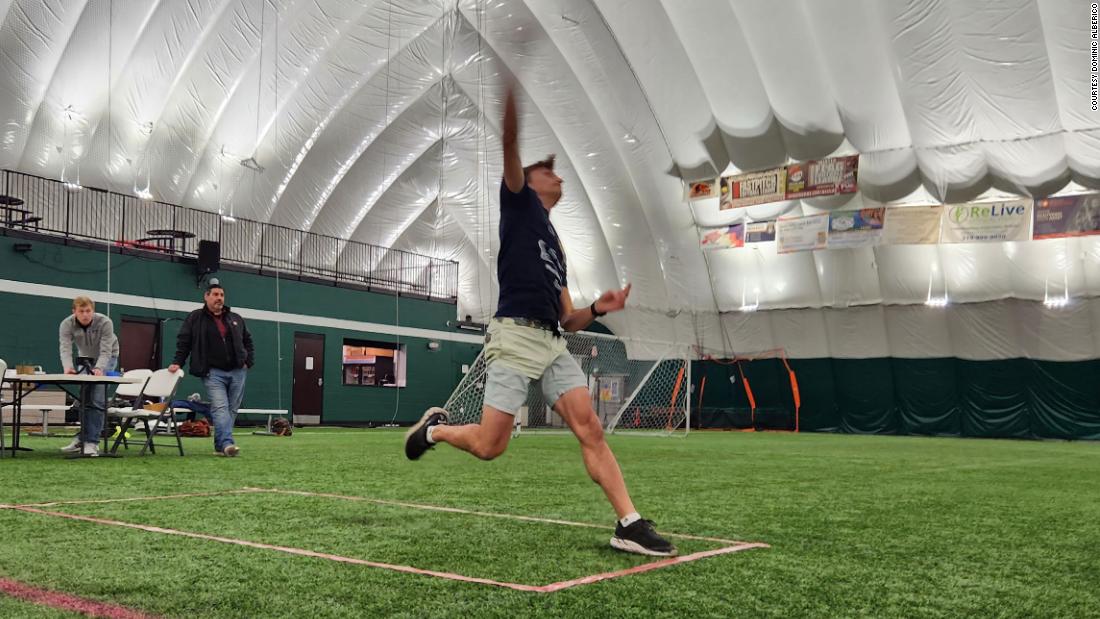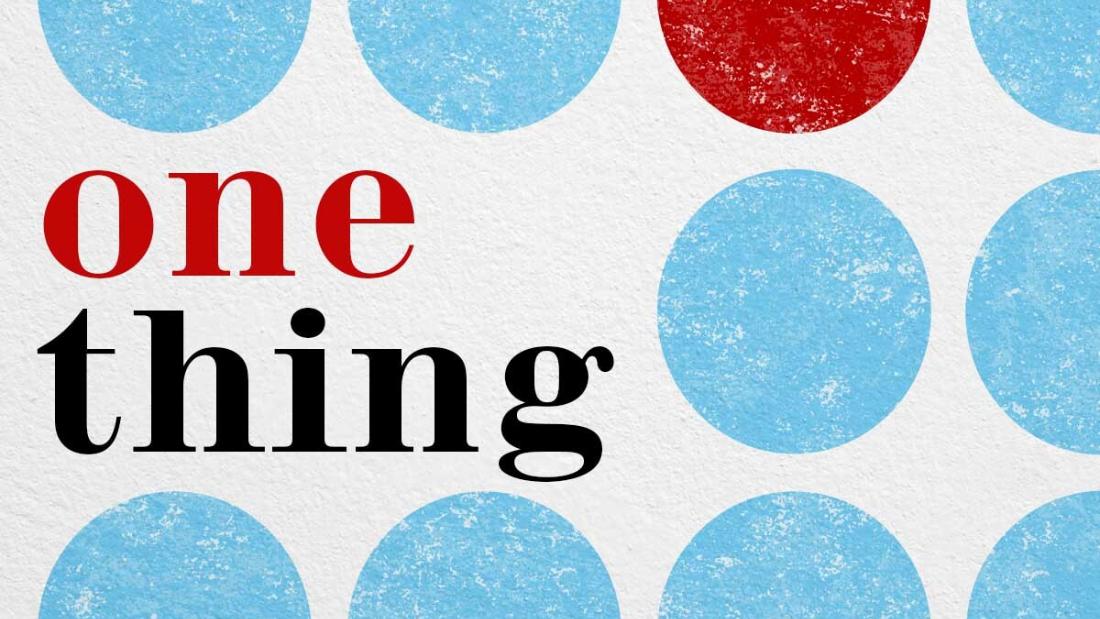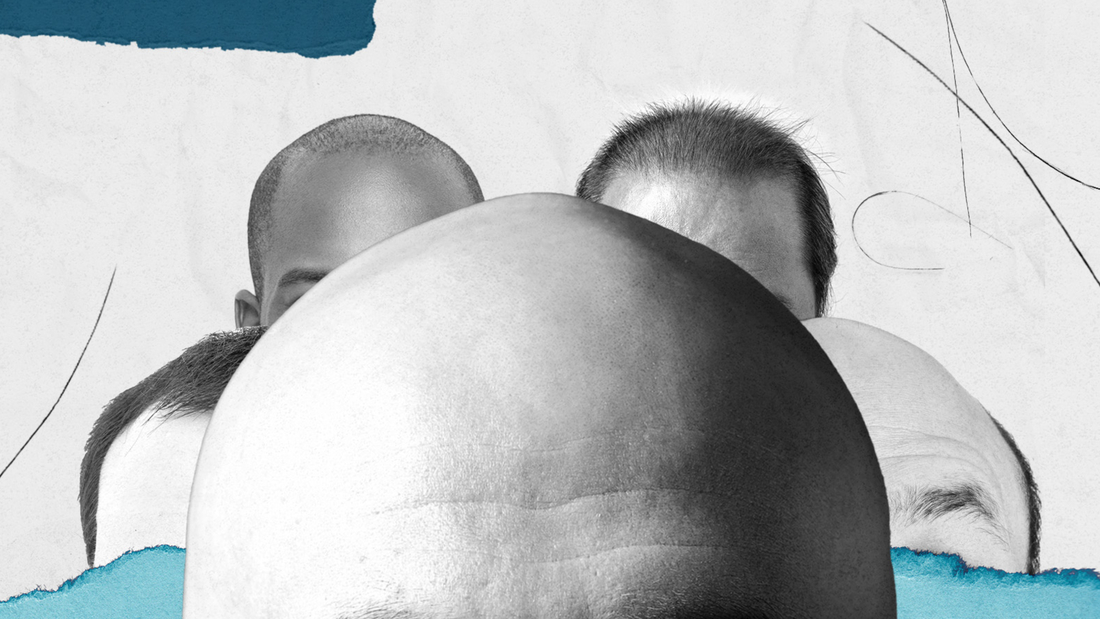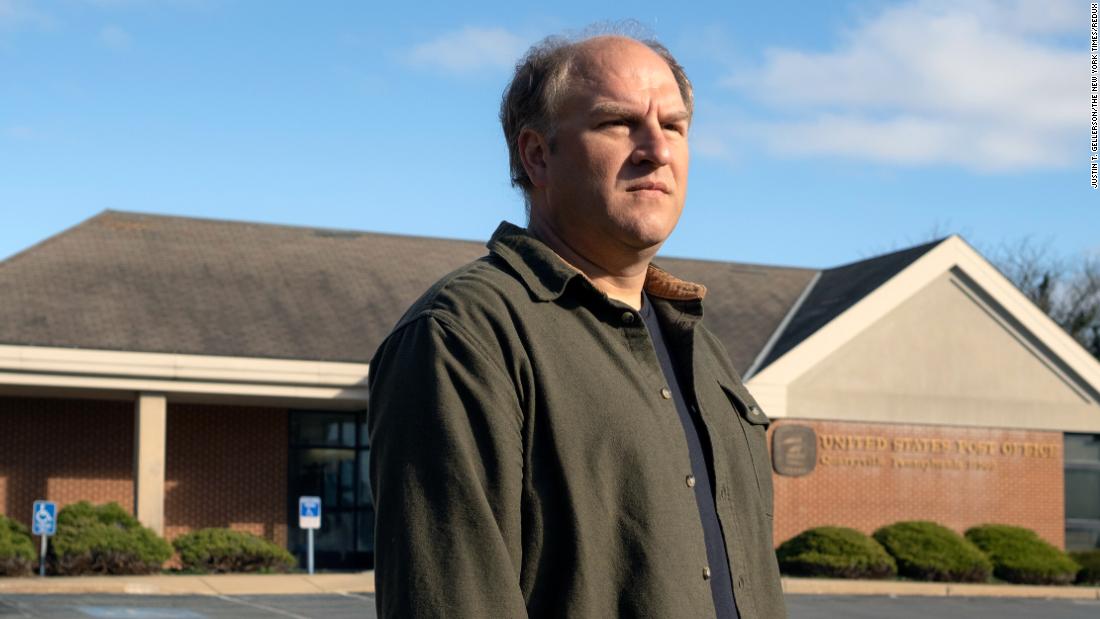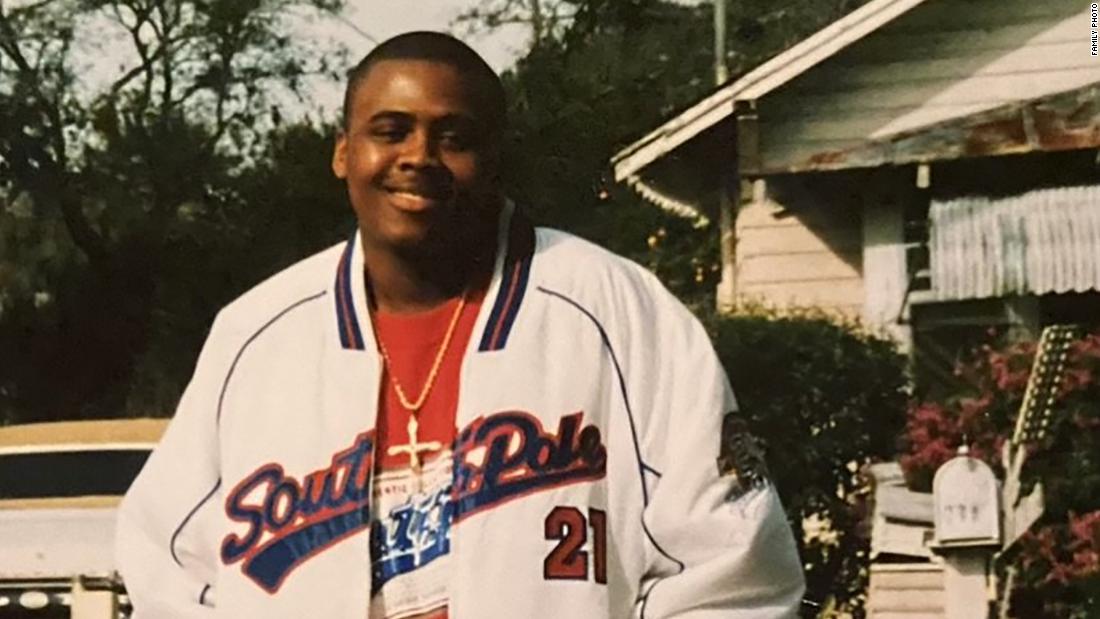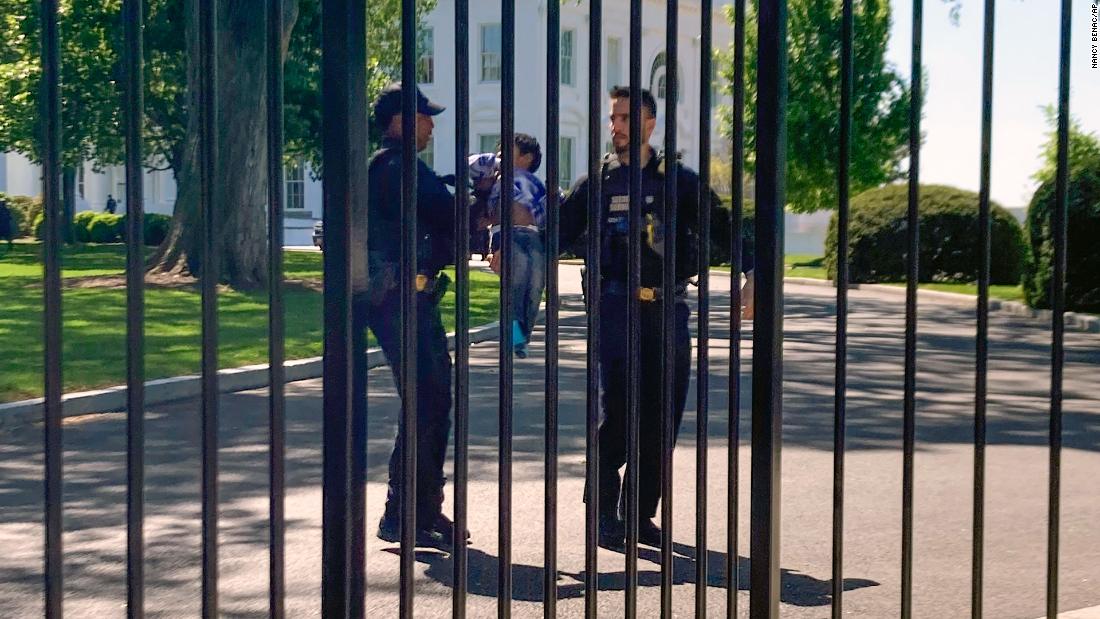TENNIS great Monica Seles revealed she has been diagnosed with a rare muscle-weakening condition.
Seles, 51, started experiencing double vision and extremely depleted strength in her arms and legs in 2019.
GettyMonica Seles was diagnosed with a rare neuromuscular autoimmune disease[/caption]
APThe tennis star won nine Grand Slams and was the dominant player before her tragic stabbing[/caption]
A long string of tests and scans – delayed by the Covid pandemic – ruled out brain tumours and motor neurone disease.
The nine-time Grand Slam champion was eventually diagnosed with myasthenia gravis (MG) in 2022.
Now Seles has gone public on neuromuscular autoimmune disease – which currently has no cure – and will raise awareness for the condition with an event around this month’s US Open.
MG affects most of the body but particularly the muscles that control the eyes – although symptoms can vary from day to day.
Approximately 15-20 people per 100,000 – or 0.015 per cent of the population – are affected by MG, which sees the immune system attack the neuromuscular junction where nerves and muscles communicate.
Seles told AP: “I would be playing [tennis] with some kids or family members, and I would miss a ball.
“I was like, ‘Yeah, I see two balls.’
“These are obviously symptoms that you can’t ignore.
“It took me quite some time to really absorb it, speak openly about it, because it’s a difficult one.
“It affects my day-to-day life quite a lot.”
Seles won seven of her nine Grand Slams by the age of 18.
That included reaching eight Major finals in a row – winning seven – before she was tragically stabbed in April 1993 on court during a match in Hamburg by a fixated fan of Steffi Graf.
The Yugoslavia-born star – who switched nationality to USA – returned in 1995 after a two-year absence.
She reached the US Open final in her first Major since the stabbing then won the 1996 Australian Open, her ninth and final Grand Slam title.
The lefty, who played with a double-handed forehand and backhand, officialy retired in 2008 five years after her final competitive match.
Now living in Florida, she told The Athletic about her MG diagnosis: “I thought, ‘OK, just push through it.’
“But a couple of instances happened when — on court and in daily life — I realised there was something going on.
What is myasthenia gravis?
MYASTHENIA GRAVIS is a rare long-term condition that causes muscle weakness.
It typically has phases when it improves and phases when it gets worse.
MG usually affects most of the body, spreading from the eyes and face to other areas over weeks, months or years. But for some people with myasthenia gravis, only the eyes are affected.
It is common for people to have “flare-ups”, where symptoms are very troublesome, followed by periods of remission, where symptoms improve.
It’s an autoimmune condition, which means it’s the result of the immune system (the body’s natural defence against infection) mistakenly attacking a healthy part of the body.
In myasthenia gravis, the immune system damages the communication system between the nerves and muscles, making the muscles weak and easily tired.
It can affect people of any age, typically starting in women under 40 and men over 60.
Common symptoms of myasthenia gravis include:
droopy eyelids
double vision
difficulty making facial expressions
problems chewing and difficulty swallowing
slurred speech
weak arms, legs or neck
shortness of breath and occasionally serious breathing difficulties
The symptoms tend to get worse when you’re tired. Many people find they’re worse towards the end of the day, and better the next morning after getting some sleep.
Source: NHS
“After coming out of my former country to the IMG Academy, I had to totally reset.
“When I became No1, it was a huge reset because everybody treats you differently.
“Then obviously when I got stabbed, that was a huge reset. And then when I was diagnosed, it was a huge reset.
“The day-to-day part of managing it, depending on my symptoms, is really adjusting, you know. I think anybody else who has Myasthenia Gravis knows it’s a continuous adjustment.
“After my stabbing, I had to deal with that internally for quite a few years to process it and my MG diagnosis was kind of very similar.
“I had to understand my new normal of day-to-day life, what I can do work-wise and different things.”
Tennis stars’ new careers
PLENTY of tennis stars have stayed involved in the sport since retiring.
But others pursued very different careers. Here are some of the best…
I reached French Open and Wimbledon finals as a teenager but I quit to become a nun
I won Wimbledon mixed doubles with my sister but got fed up with English weather so now run luxury B&B
I was tipped for stardom aged 12 but retrained to become high-flying lawyer
I earned £9m and won French Open before setting up bistro with Brazilian model girlfriend
I’m last Frenchman to win Roland Garros, now I’m singer with six albums hitting No1 in charts
I’m former world No1 but quit aged 29 – instead I went on to play professional poker and golf
I was destined for the top but swapped lobs for labs as award-winning Harvard physicist
Creator – [#item_custom_dc:creator]






















